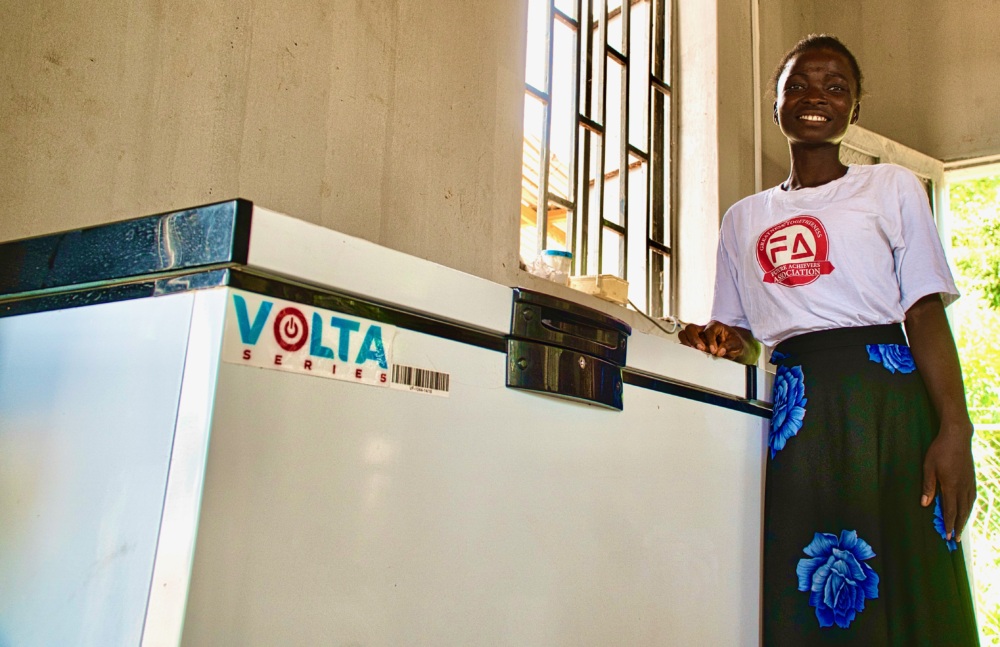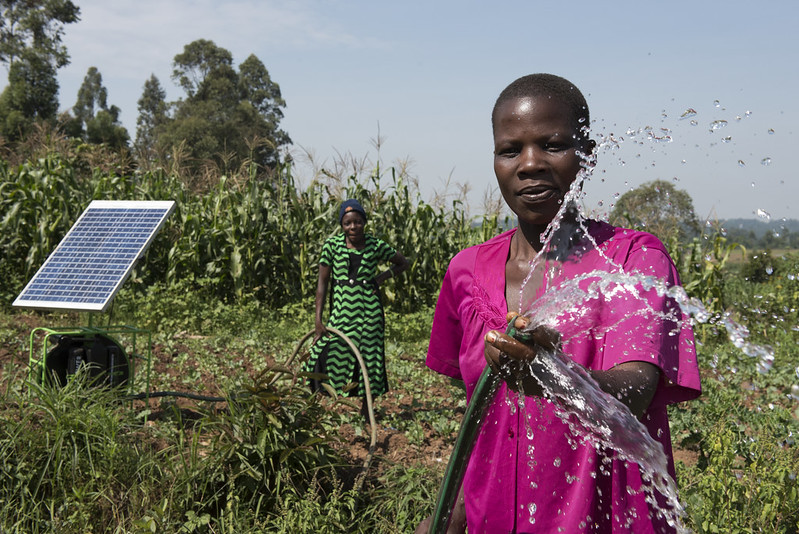Press Release: New Report Shows Promising Improvements in Off-Grid Appliance Energy Efficiency
A new report from Efficiency for Access reveals gains in the performance and cost of off-grid appropriate appliances, particularly televisions and fans.
Washington DC, January 26, 2021 — A new report from Efficiency for Access shows promising improvements in the performance and cost of off-grid appropriate appliances, particularly televisions and fans.
The 2021 Appliance Data Trends report finds near-to-market products are significantly more energy-efficient and affordable than they were five years ago. Televisions are 48% more efficient and 44% cheaper than 2016 models, despite increases in screen size. Similarly, fans are 49% more efficient than models assessed two years ago, with some models 2-3 times more efficient than conventional models sold in Europe.
Improving the performance and affordability of off-grid appliances and equipment can help make critical income-generating and time-saving devices more accessible to consumers in developing economies. A typical household in sub-Saharan Africa owns 2-5 appliances, compared to the 30+ appliances found in a typical European or North American household. Achieving greater parity in appliance ownership could enable households and businesses in developing countries to realize significant productivity and quality of life improvements.
While near-to-market appliances show clear signs of improvement, further advancements in performance and cost are needed to scale the market for emerging technologies. Refrigerators and solar water pumps have gained market traction in recent years, but remain out of reach for most consumers. According to the report, the average cost of a refrigerator or solar water pump is 3-5 times higher than 50% of off-grid consumers’ annual budget for energy and appliances.
“Understanding where the energy efficiency and pricing gaps are in emerging product classes is critical to unlocking the full potential of solar”, says Elisa Lai, Manager of Appliance Testing and Quality Assurance for the Low-Energy Inclusive Appliances Programme (LEIA). “Market actors rely on our independent testing data to improve product performance and identify investment opportunities capable of delivering the greatest impact.”
However, efficiency improvements alone may not be sufficient to drive down high appliance prices, the report finds. “The 2021 Appliance Data Trends report demonstrates the positive impact that Efficiency for Access programs have had in spurring innovations that drive cost and efficiency improvements”, says Jenny Corry Smith, Manager of the LEIA Programme. “However, sales and market penetration for these appliances are still low. Less than 4% of rural Africans own a refrigerator and less than 1% of all irrigation systems installed in India are solar-powered.”
Addressing high taxes, duties, and costs along the value chain and expanding consumer financing may help make larger appliances more accessible to consumers. However, larger interventions are also needed. “To further improve affordability whilst maintaining efficiency and high performance of appliances, we need to consider enabling factors such as interoperability, quality assurance and the use of higher-efficiency permanent magnet motors”, says Makena Ireri, Research Manager for LEIA. “Efficiency for Access is conducting more exploratory research on these topics to support the growth of appliance markets in-tandem with our work on efficiency and cost.”
The 2021 Appliance Data Trends report is a flagship publication of Efficiency for Access, a global coalition working to promote high performing appliances that enable access to clean energy for the world’s poorest people. The report was developed by CLASP in 2020.









